
Joseph Frank Wehner, also known as Fritz Wehner, was an American fighter pilot and wingman to Frank Luke.
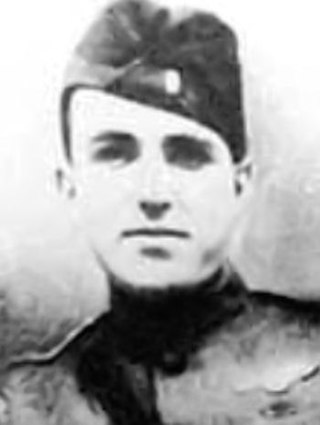
Lieutenant Remington D. B. Vernam was an American pilot who had enlisted in the French air service during World War I, and was transferred to the United States Army Air Service after American entry into the war.

Major David McKelvey Peterson was a 1915 Lehigh University graduate who became a World War I flying ace. He achieved six aerial victories, one of which was earned in the Lafayette Escadrille; five were officially credited during his tenure with the United States Army Air Service.
William Terry Badham was a World War I fighter ace credited with five victories. He was one of four Americans to earn the title of "Ace" as an observer/gunner during World War I.
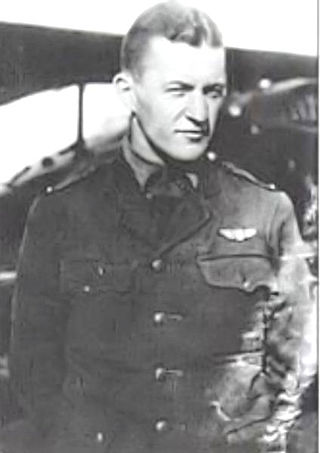
Captain Harold Robert Buckley was a World War I flying ace credited with five aerial victories.

Arthur Edmund Easterbrook was an American aviator who started his career as a World War I flying ace credited with five aerial victories. During World War II, he held several important positions in the U. S. Army Air Corps.

Lieutenant George Willard Furlow (1893–1959) was a World War I flying ace credited with five aerial victories.

Lieutenant James Knowles Jr. (1896–1971) was a World War I flying ace credited with five aerial victories. He was one of the final aces in the war.

Lieutenant Orville Alfred Ralston was a World War I flying ace credited with five aerial victories. He returned to service for World War II, only to die in a B-17 crash.
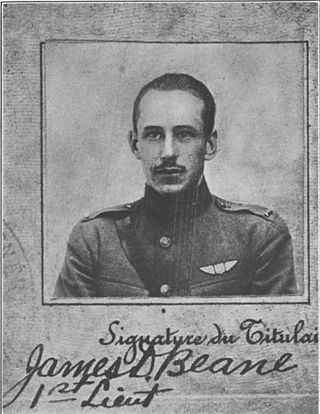
Lieutenant James Dudley Beane was a World War I flying ace credited with six aerial victories.
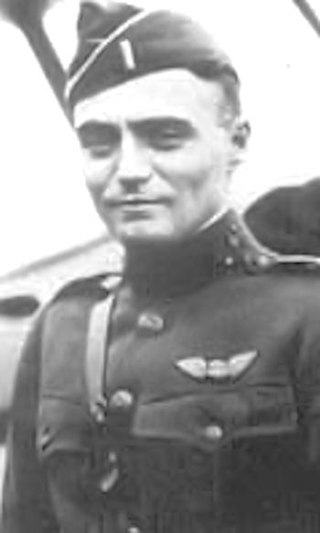
Lieutenant Jesse Orin Creech was a World War I flying ace credited with seven aerial victories. He shot down the final victory of the war for his squadron.

Captain Gorman DeFreest Larner was a World War I flying ace credited with seven aerial victories.

Lieutenant Leslie Jacob Rummell (1895-1919) was an American World War I flying ace credited with seven aerial victories.

Brigadier General Martinus Stenseth began his career in the Minnesota National Guard in June 1916, before the United States entered World War I. He remained in the military as a professional soldier, rising to the rank of brigadier general.

Lieutenant Clinton Leonard Jones, Jr. was an American World War I flying ace credited with eight aerial victories.

Lieutenant Jacques Michael Swaab was an American World War I flying ace with the 22nd Aero Squadron who was credited with ten victories. He later worked in the Hollywood film industry.
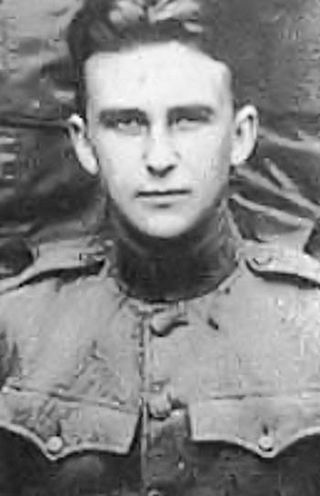
Lieutenant Howard Burdick DSC DFC was an American World War I flying ace credited with eight confirmed aerial victories. He and his son, Clinton D. Burdick, are the only known pair of father-son flying aces.

Lieutenant Chester Ellis Wright was an American World War I flying ace credited with nine confirmed aerial victories. He was the top scoring ace for his squadron.
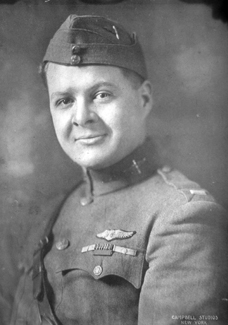
Paul Frank Baer was an American fighter pilot for the United States Army Air Service in World War I. He was credited with nine confirmed victories and seven unconfirmed victory claims, making him the first flying ace in American military aviation history.

Captain Thomas Gantz Cassady was an American fighter pilot who served in both World Wars, and became a businessman during peacetime.




















